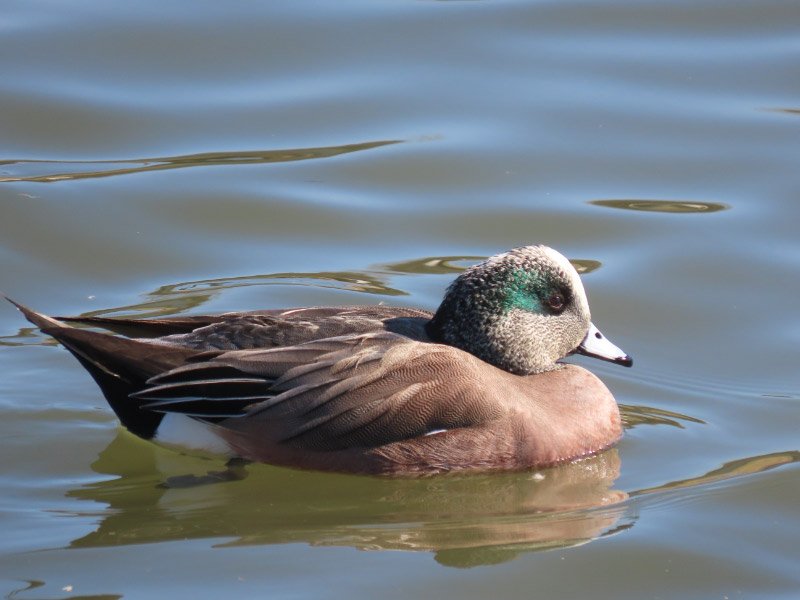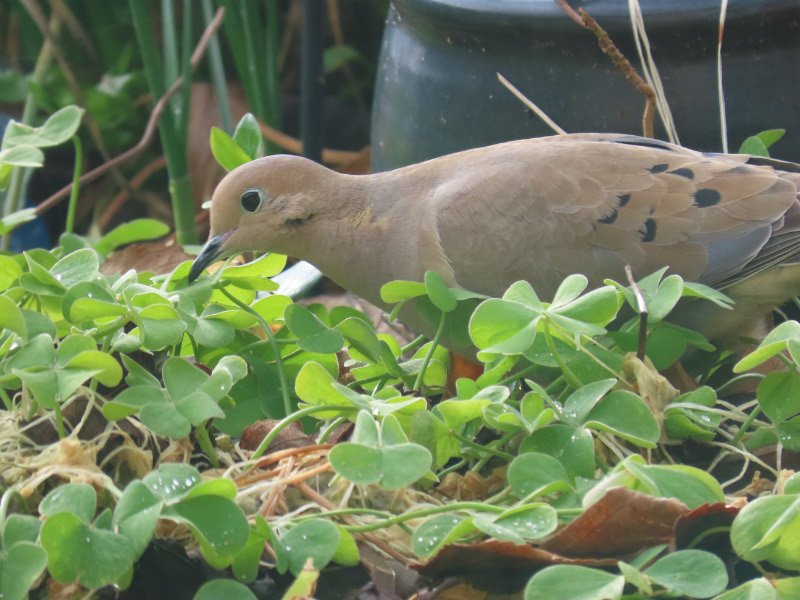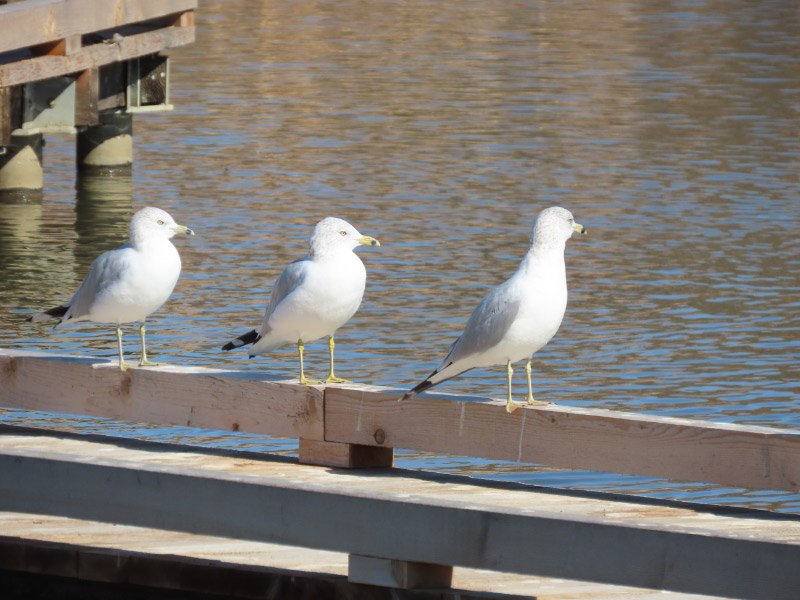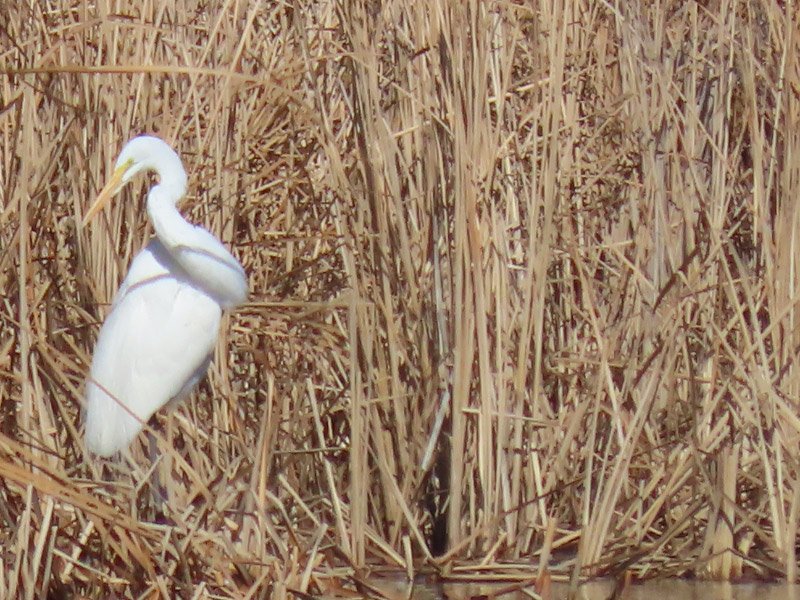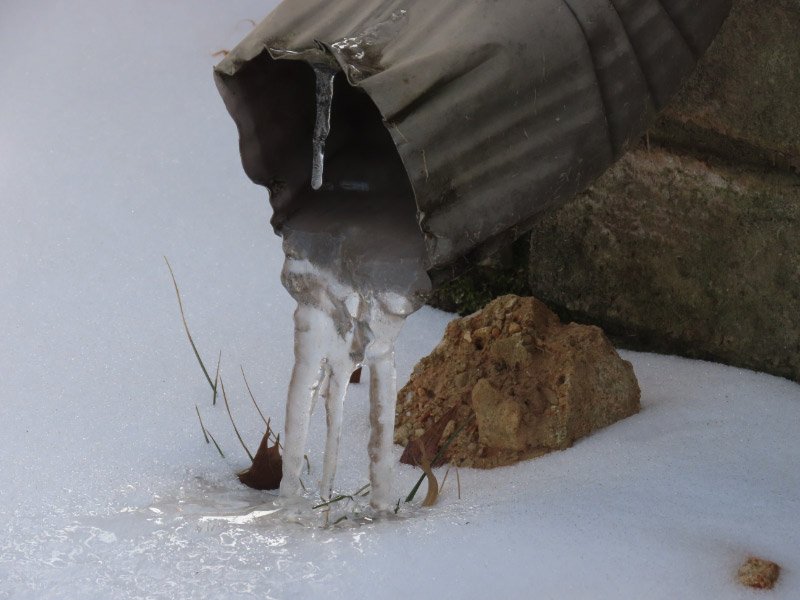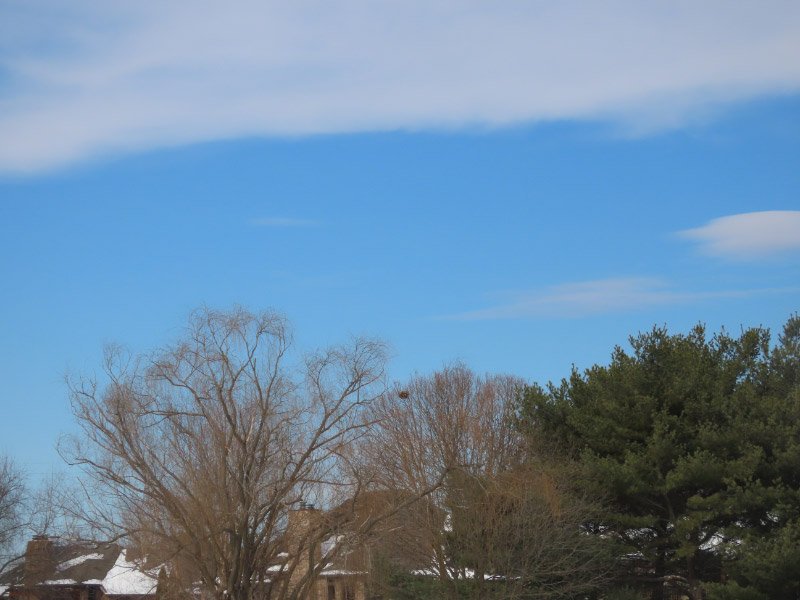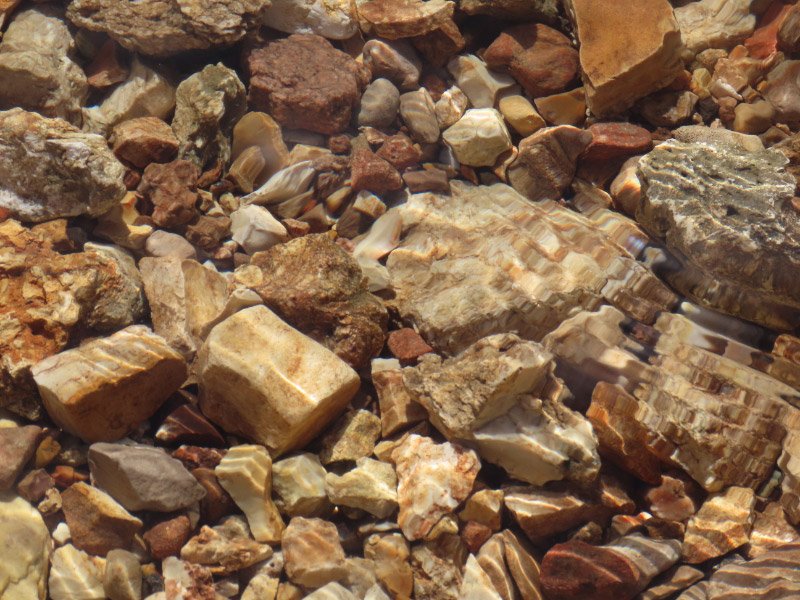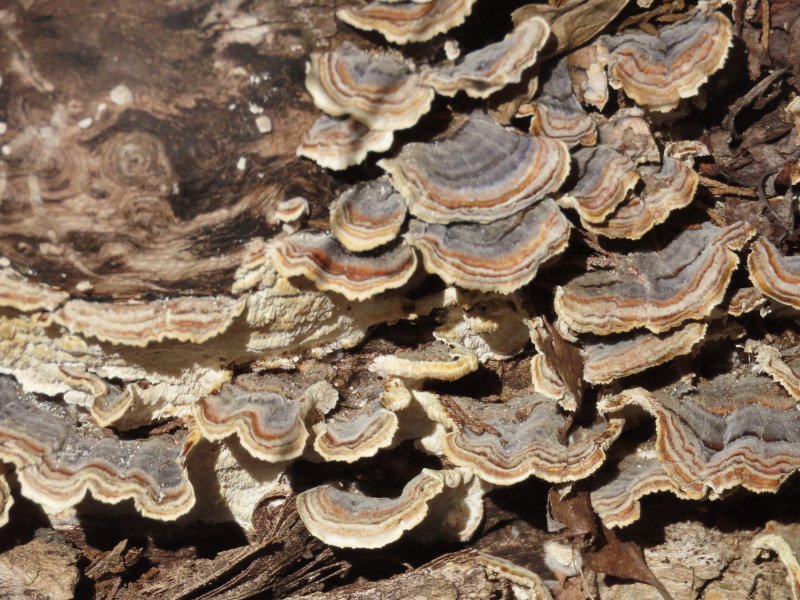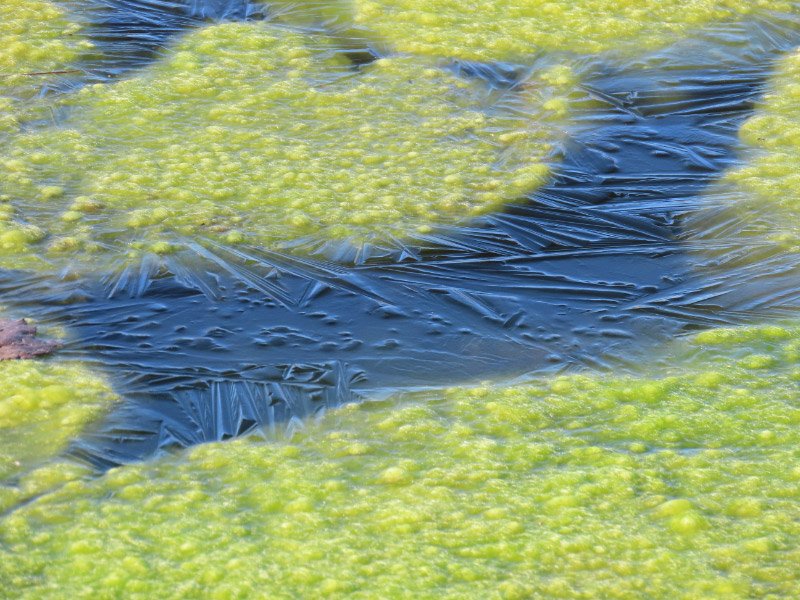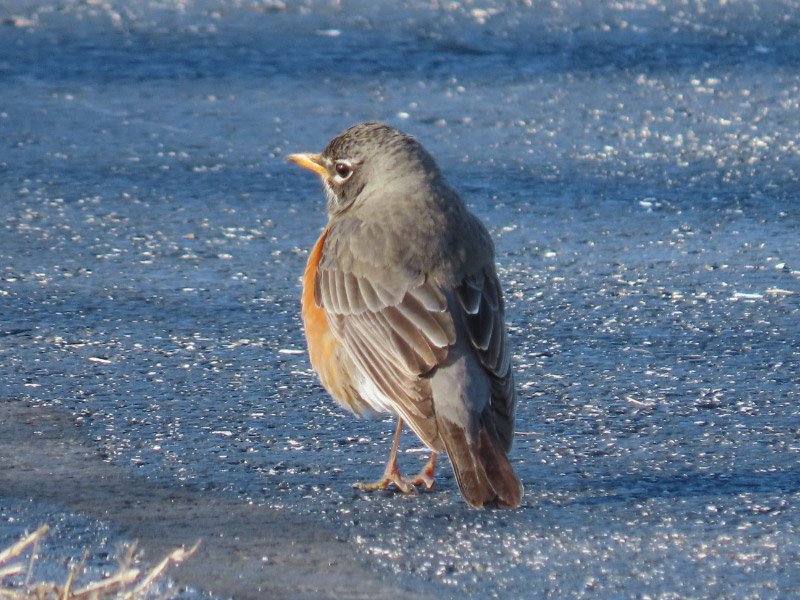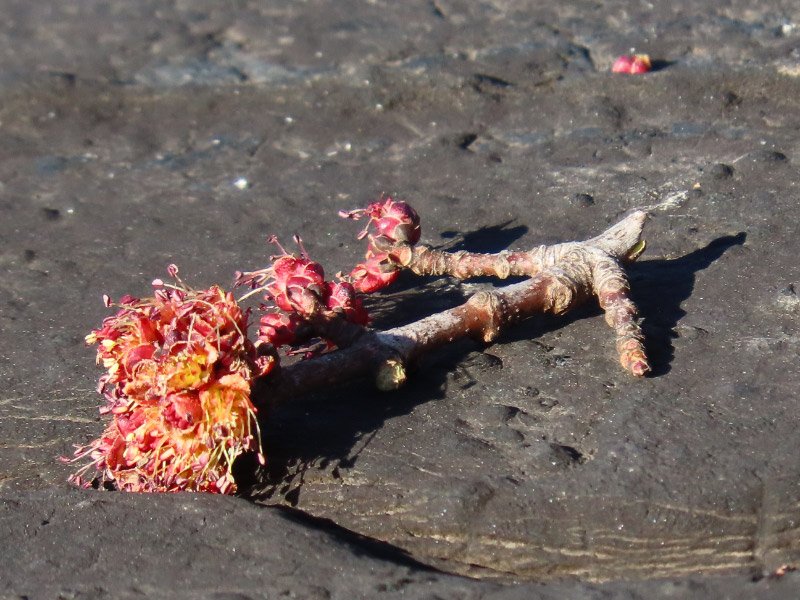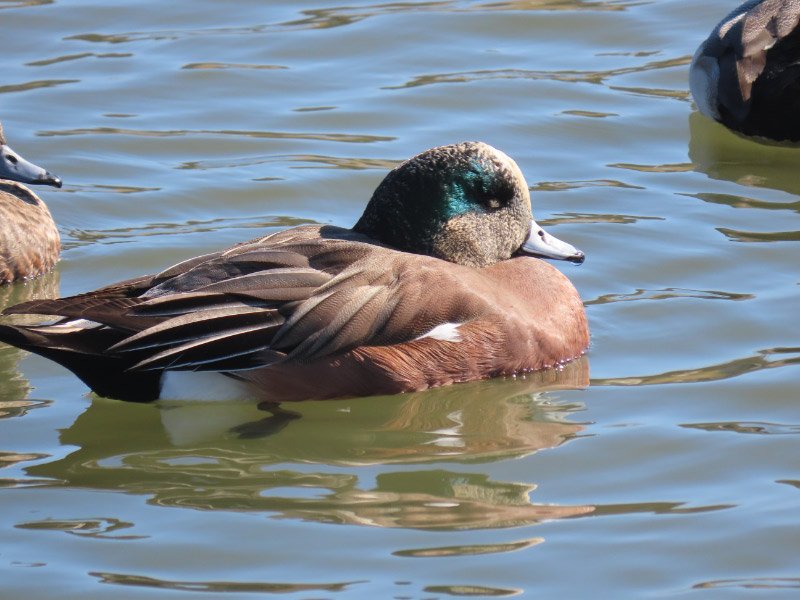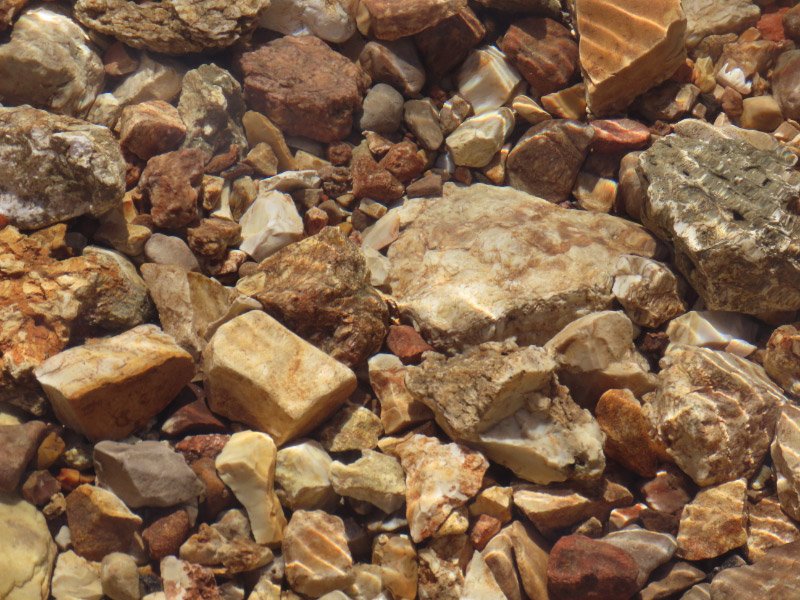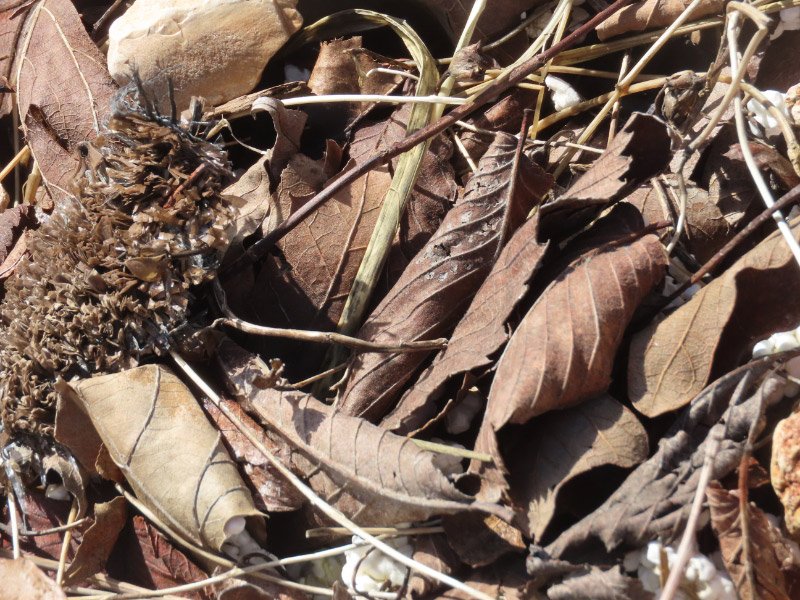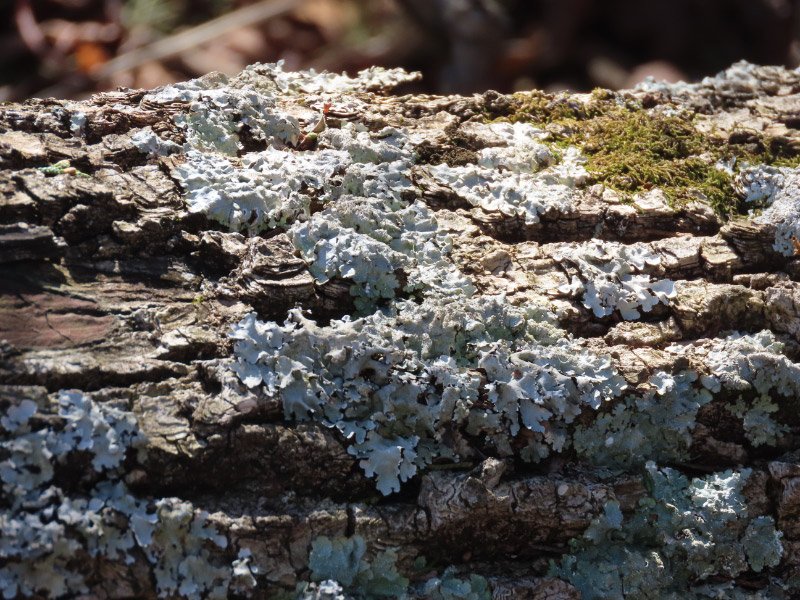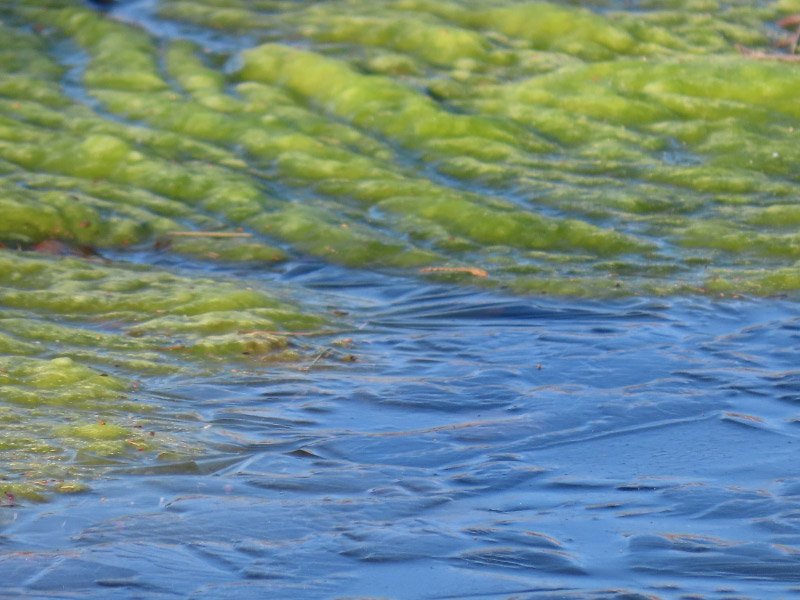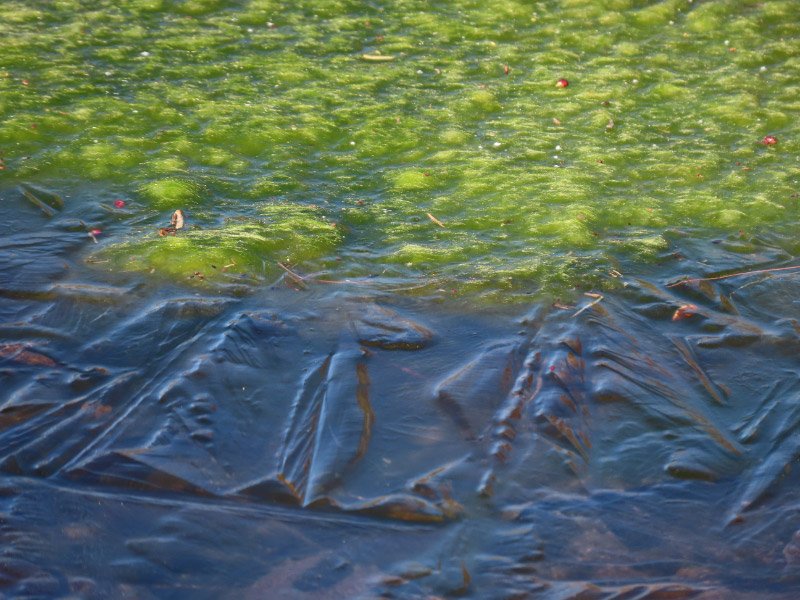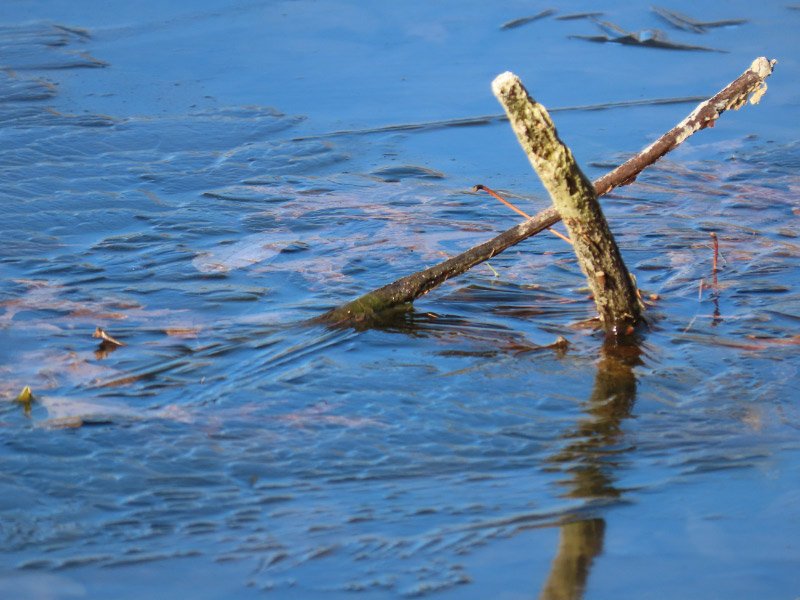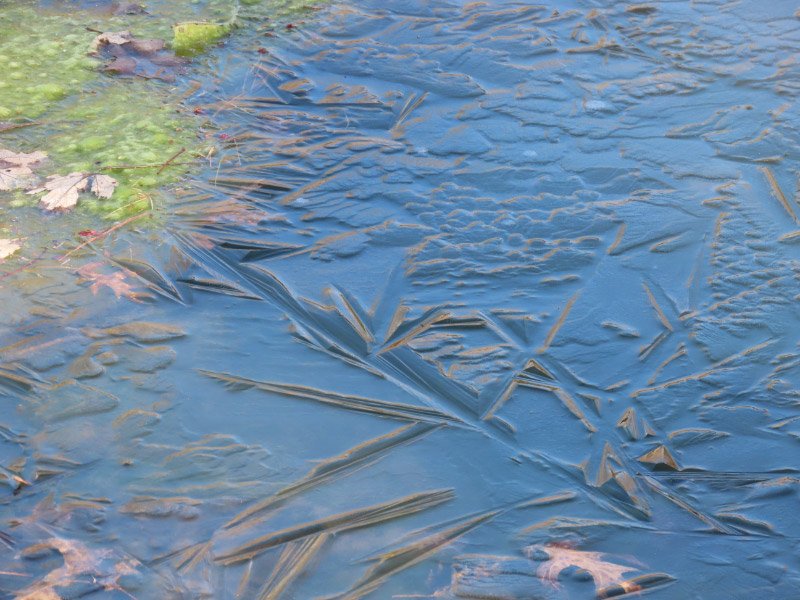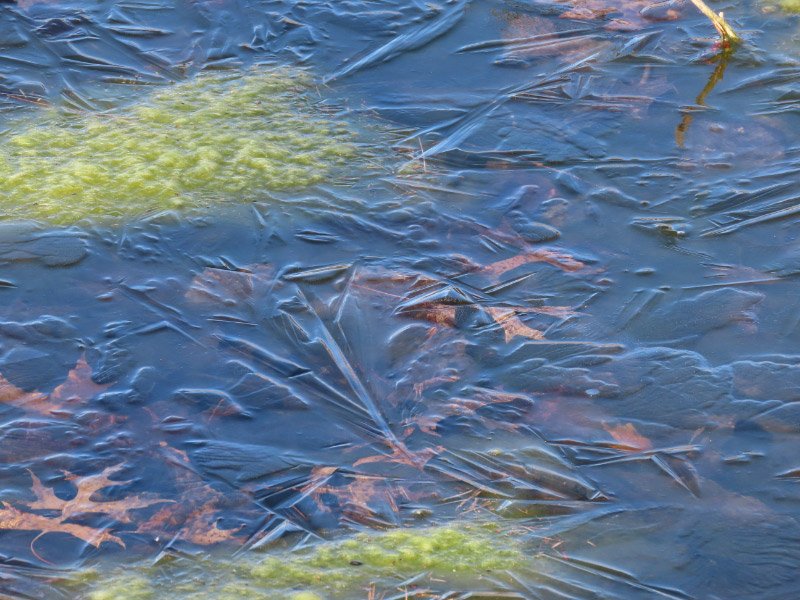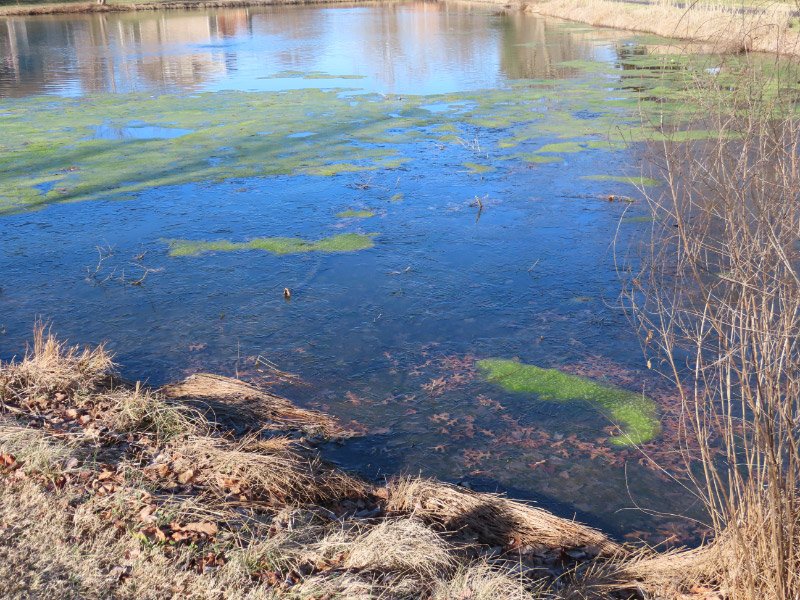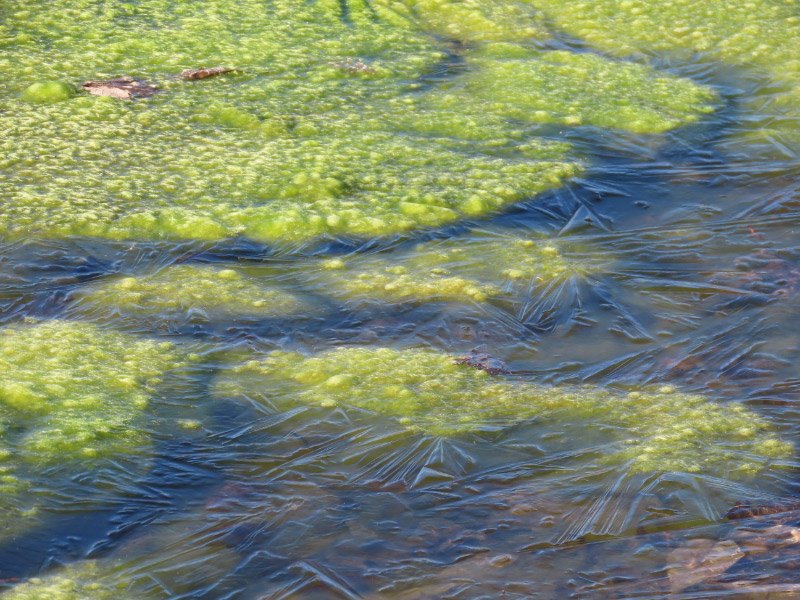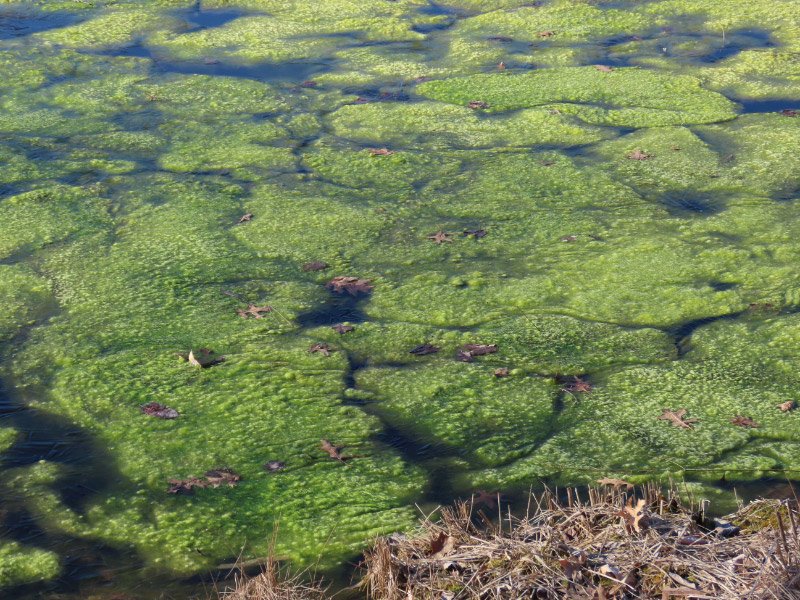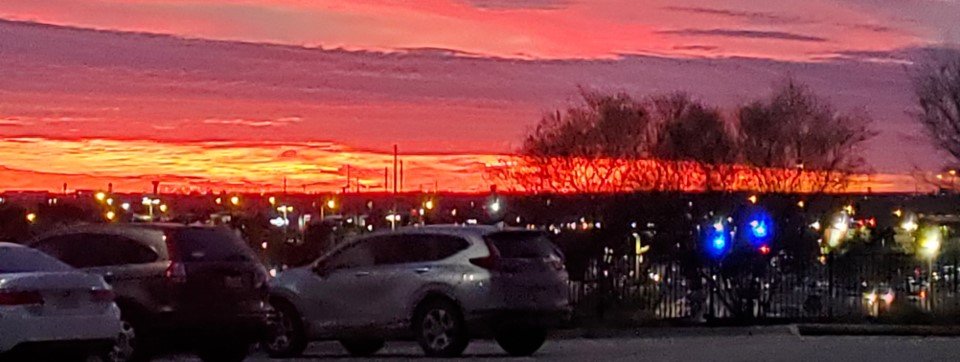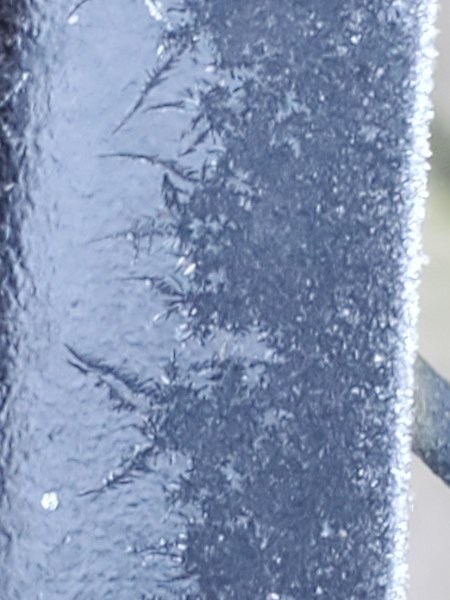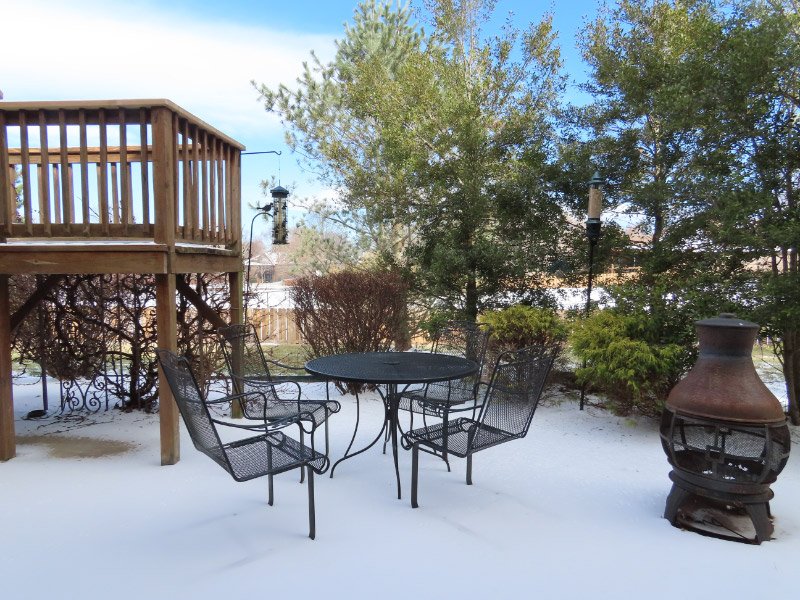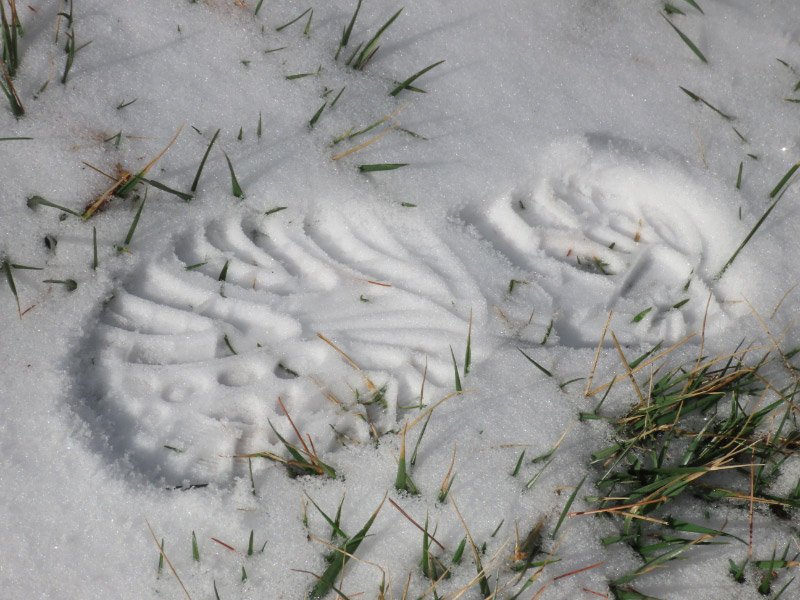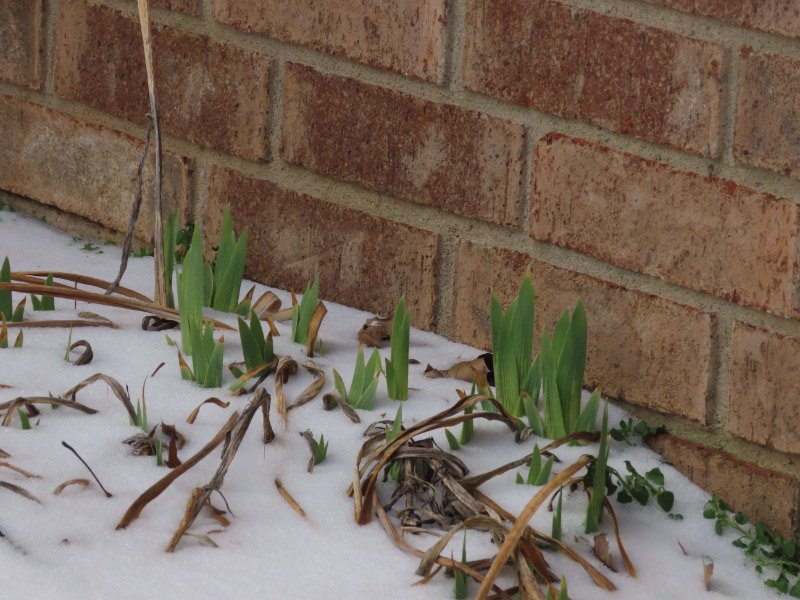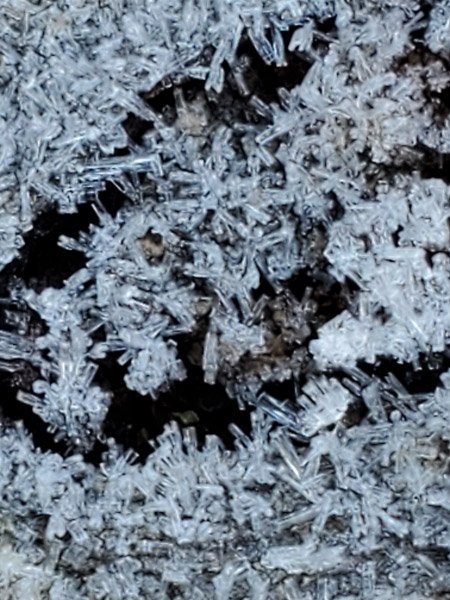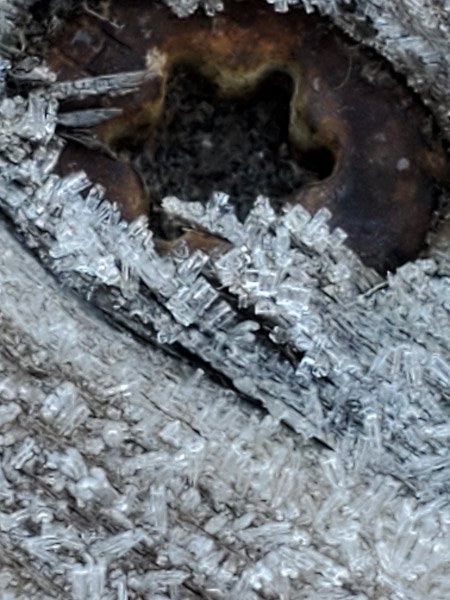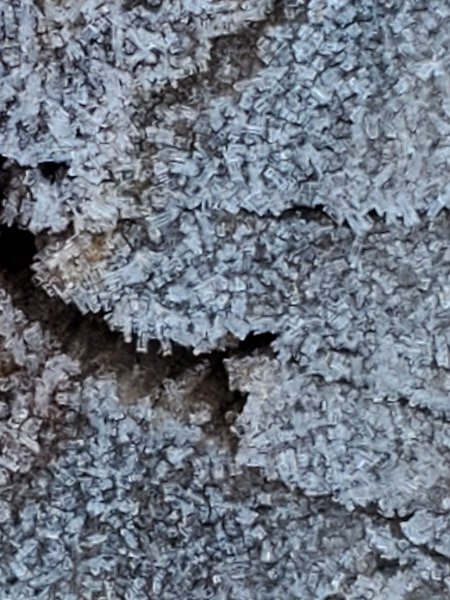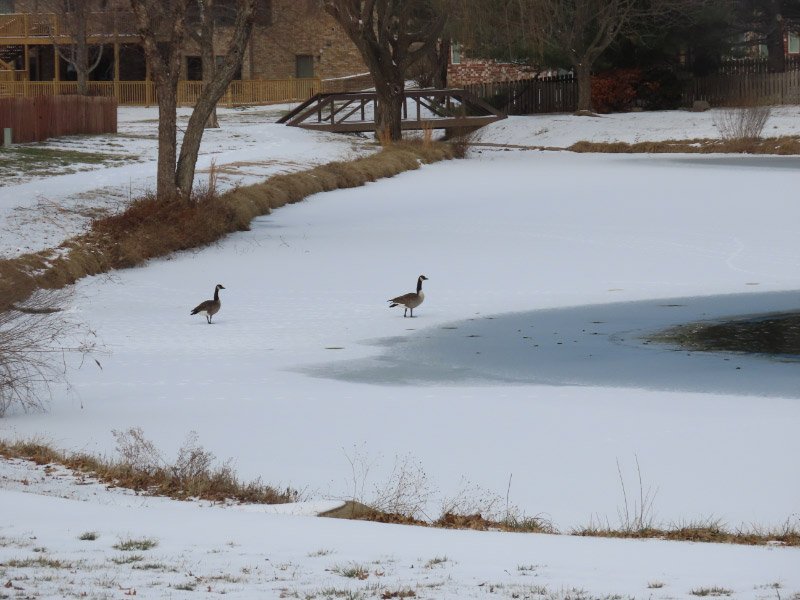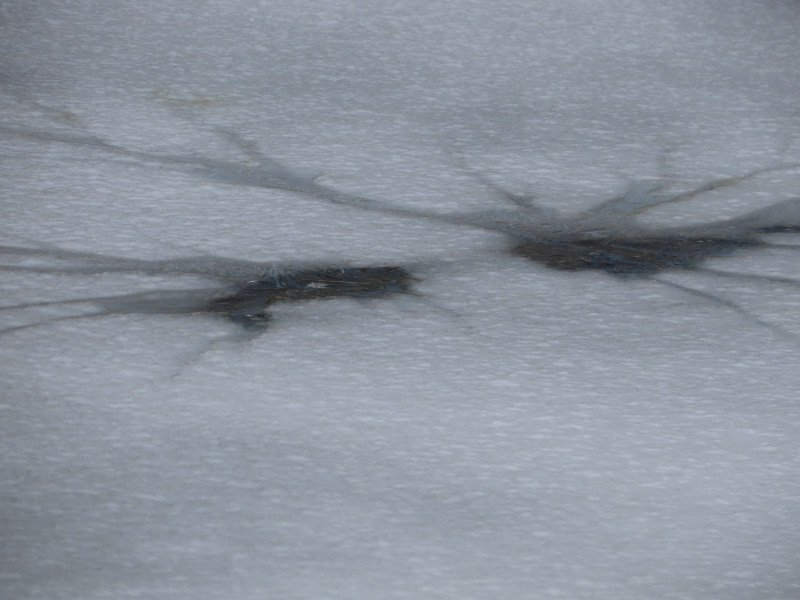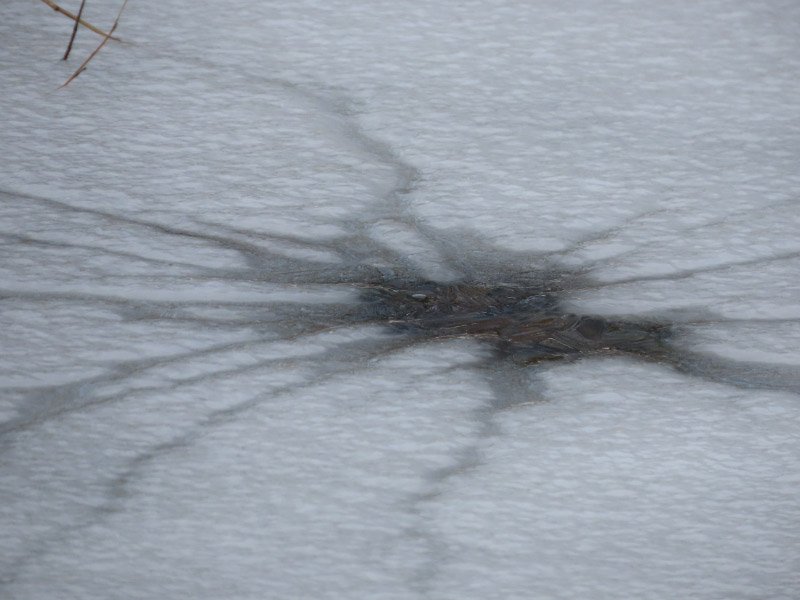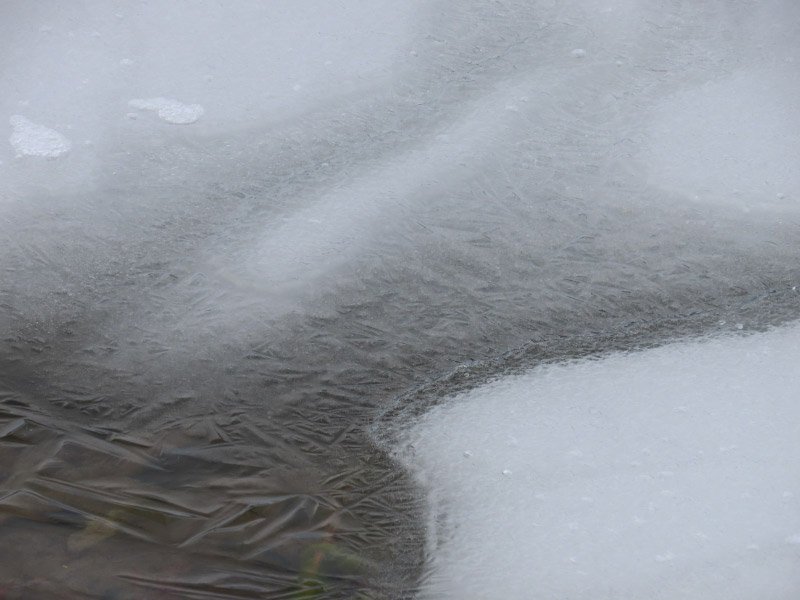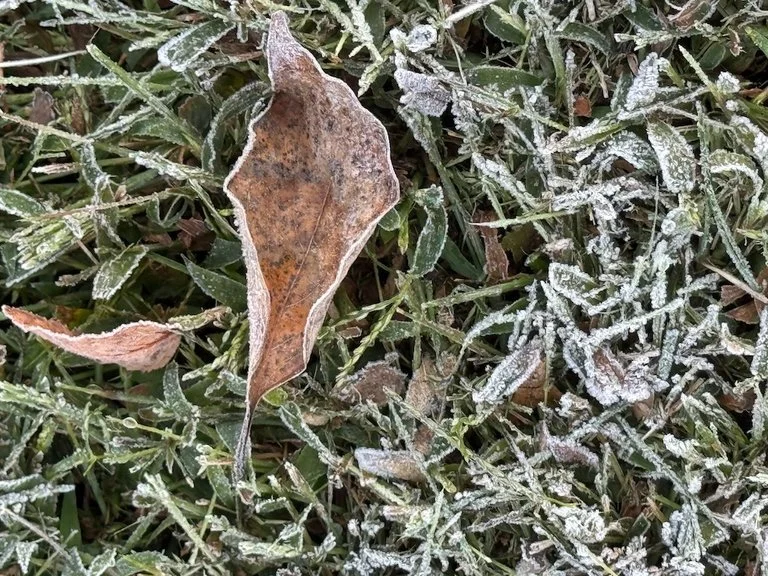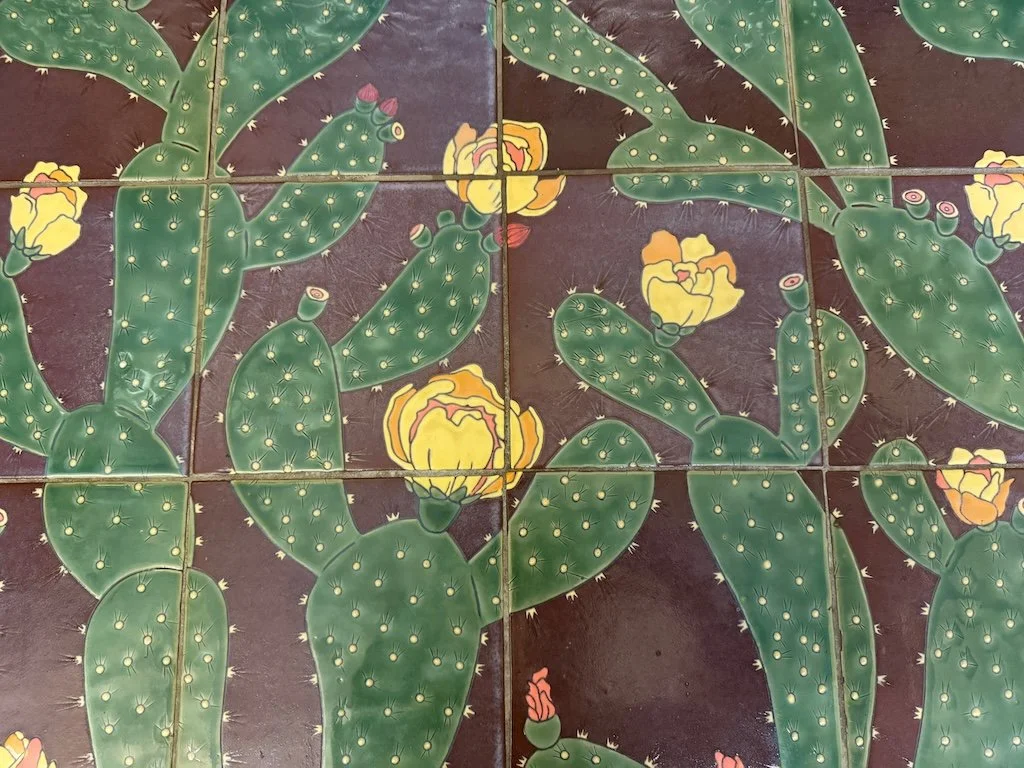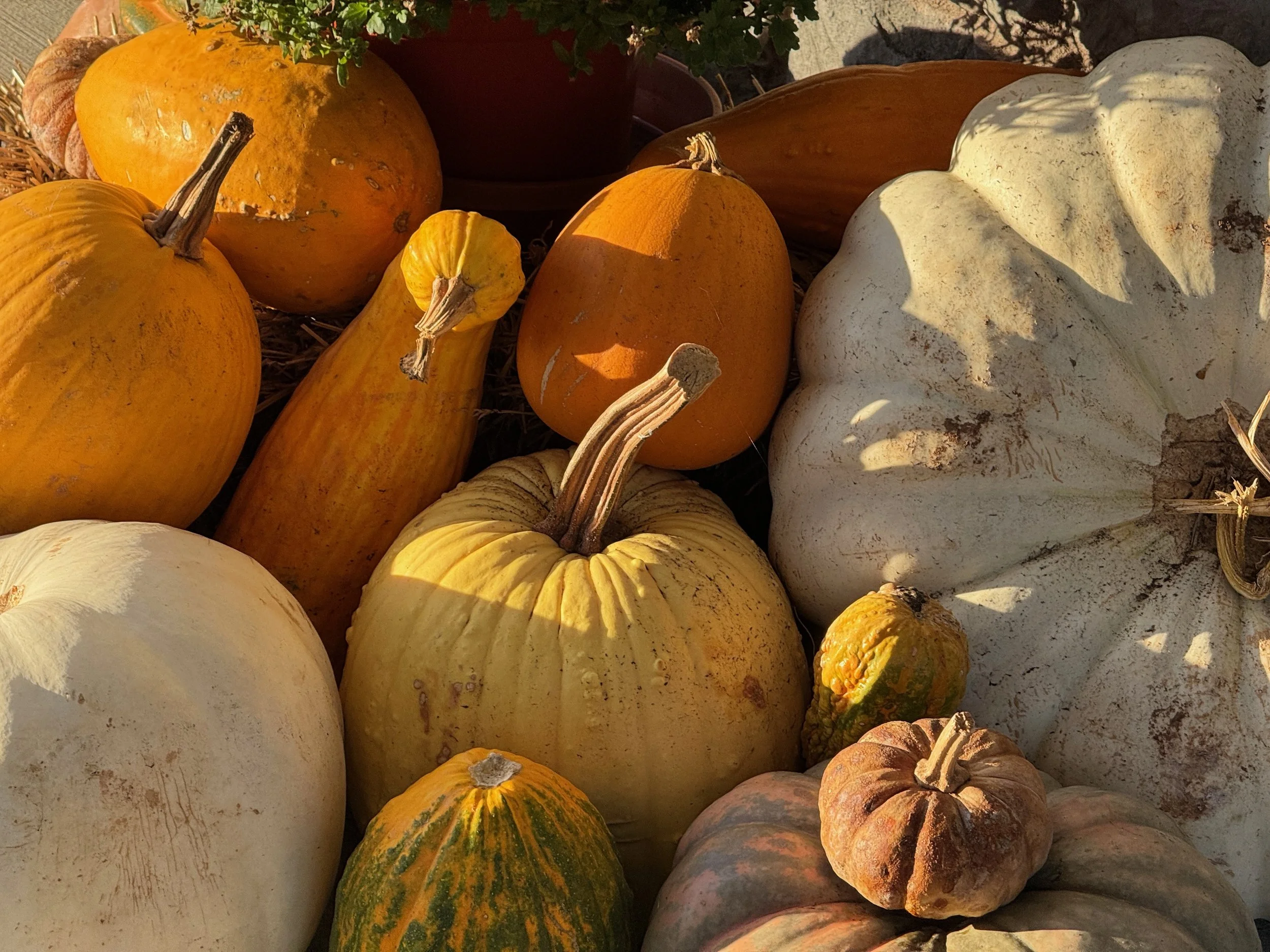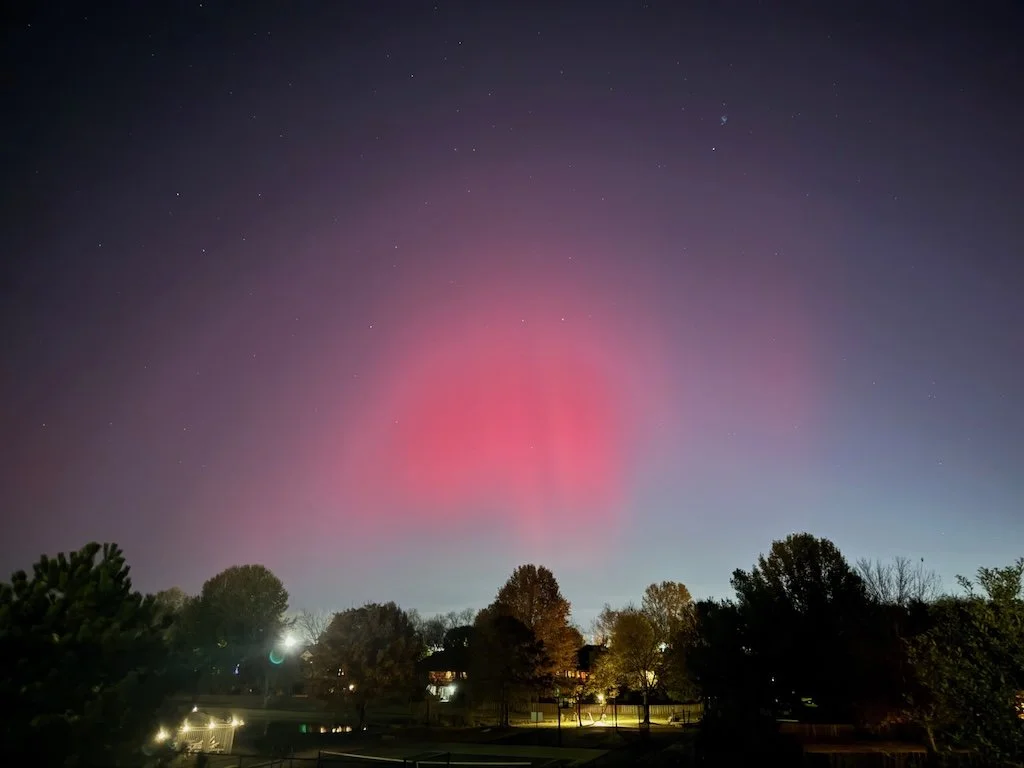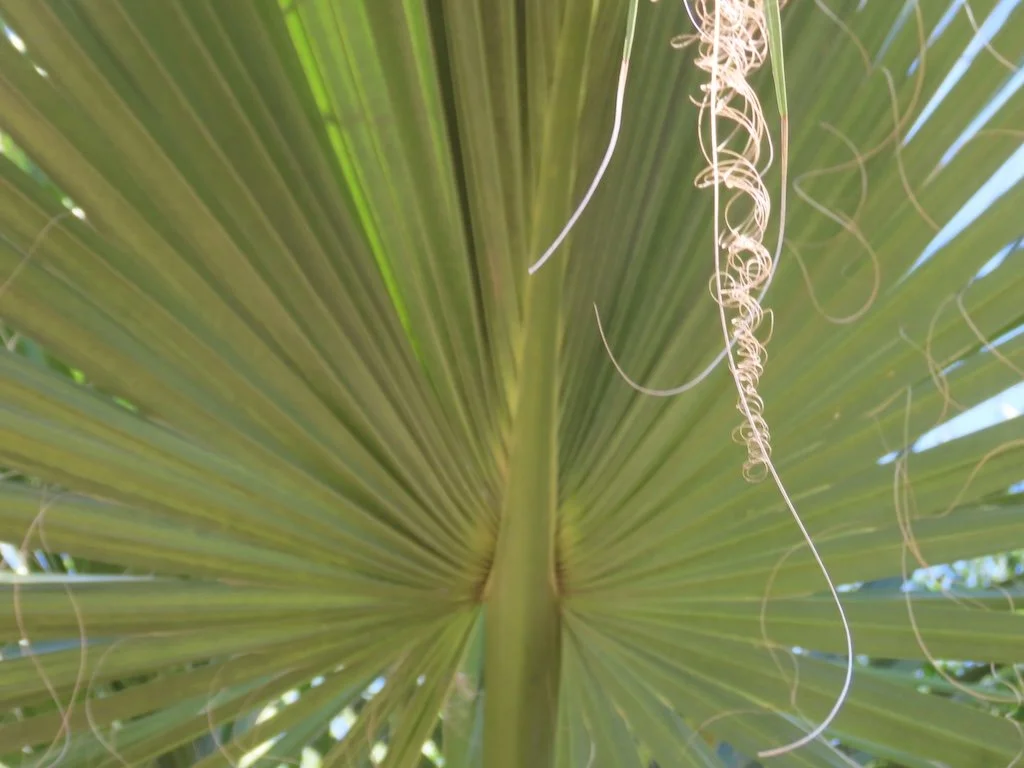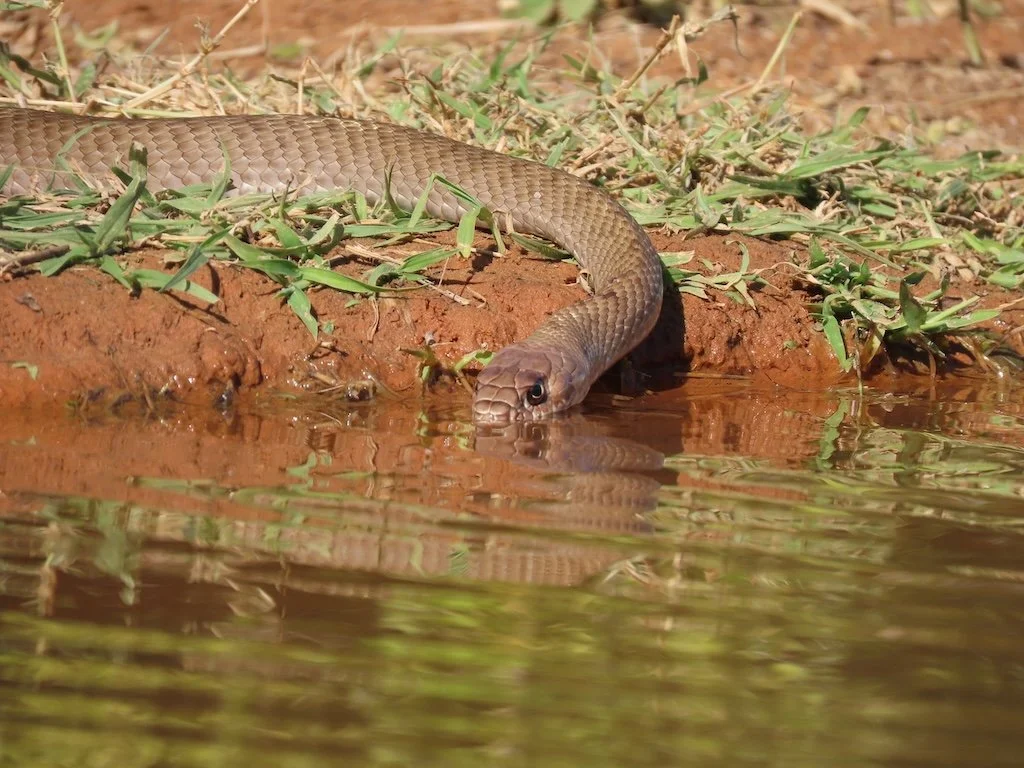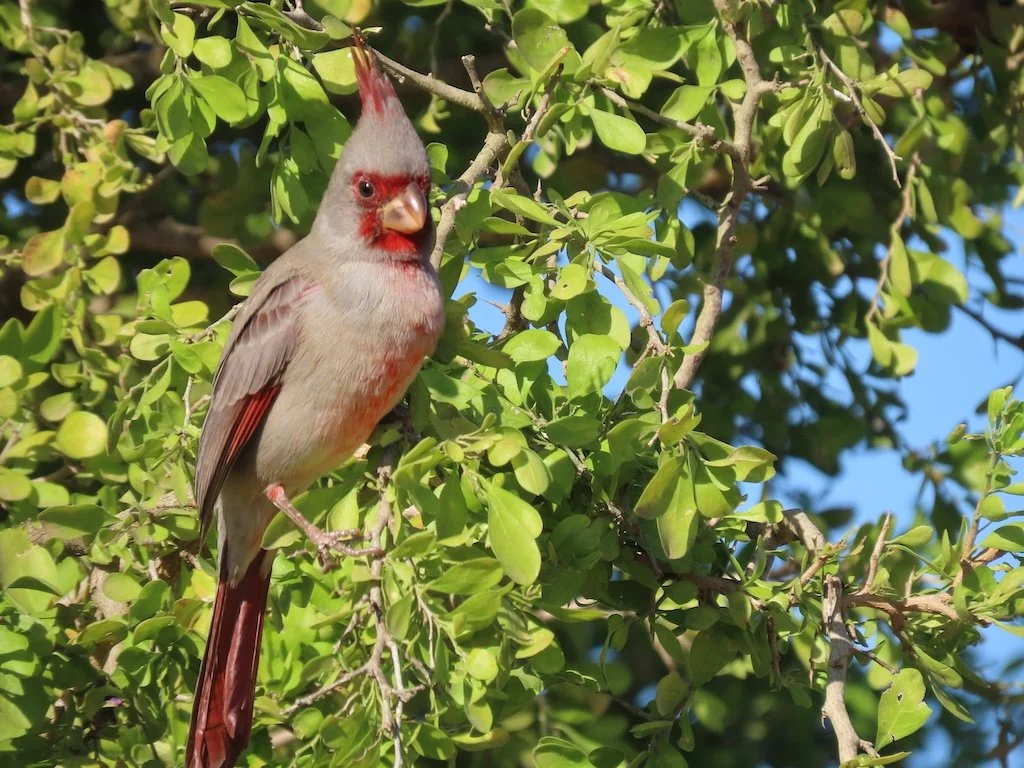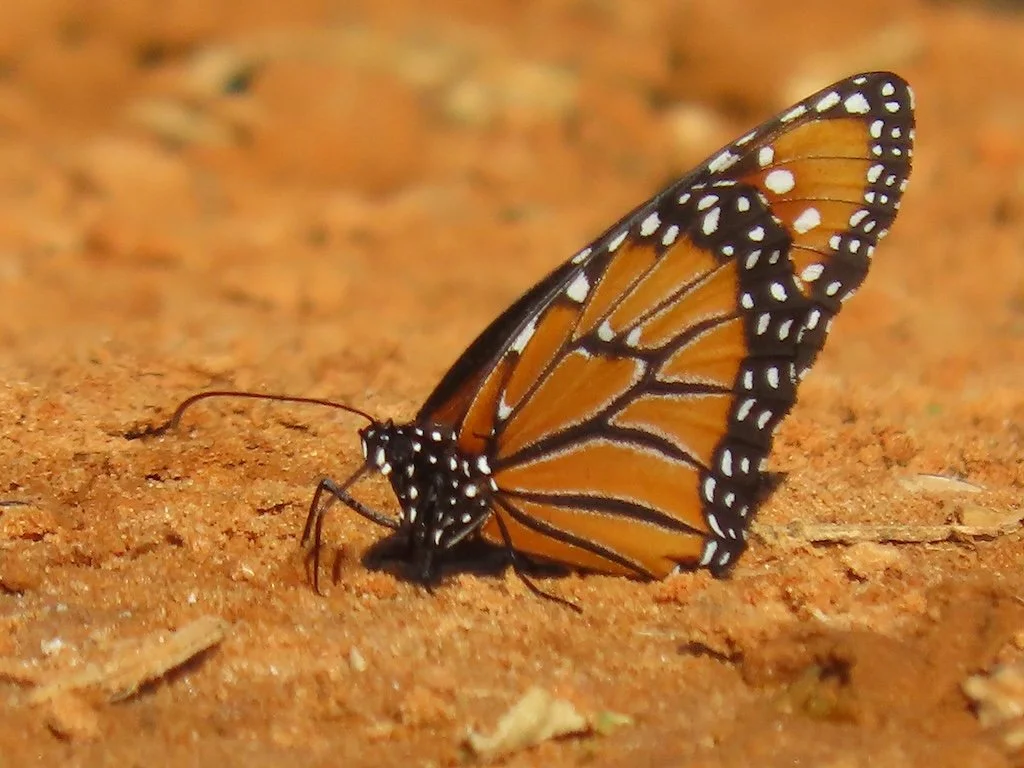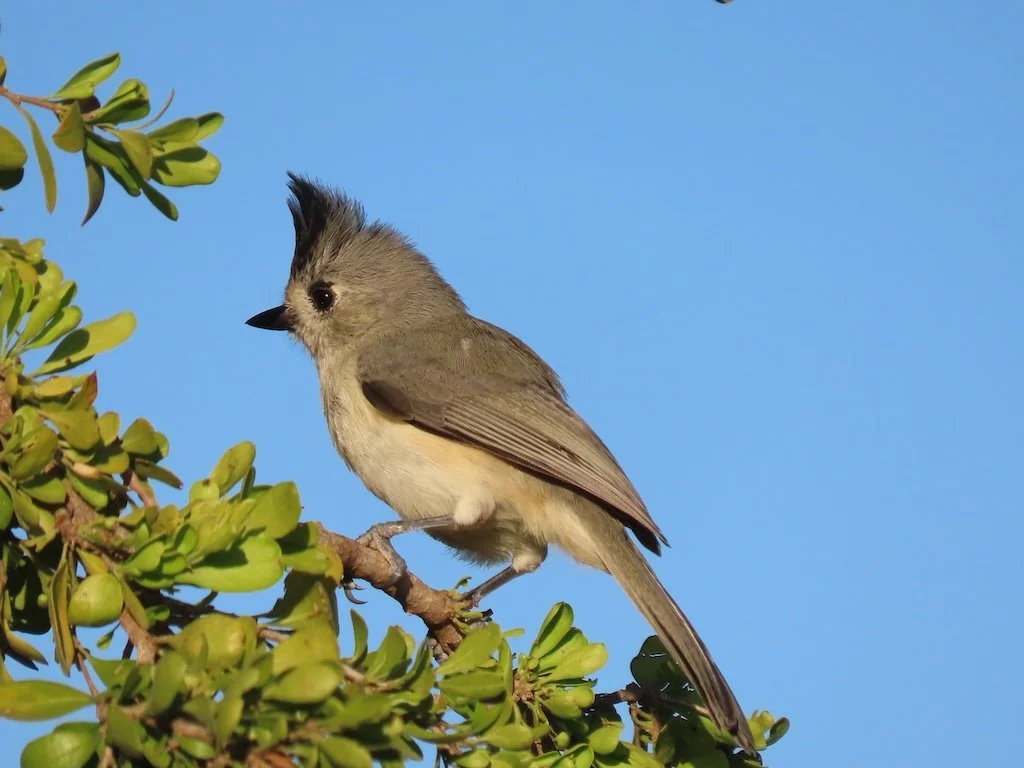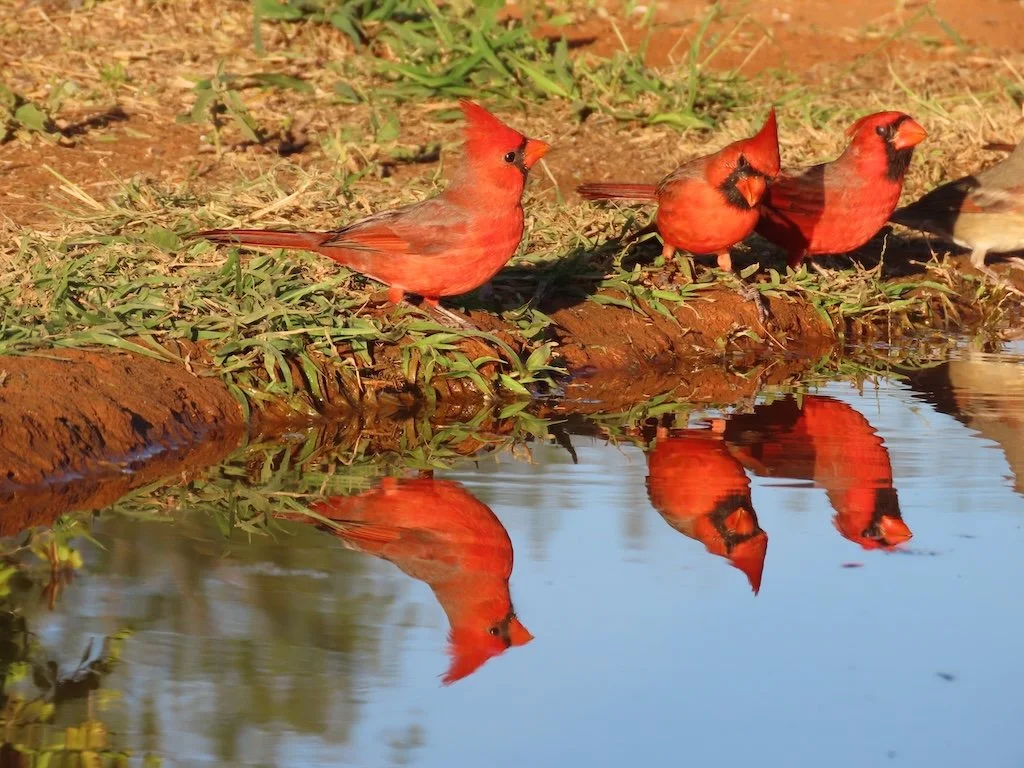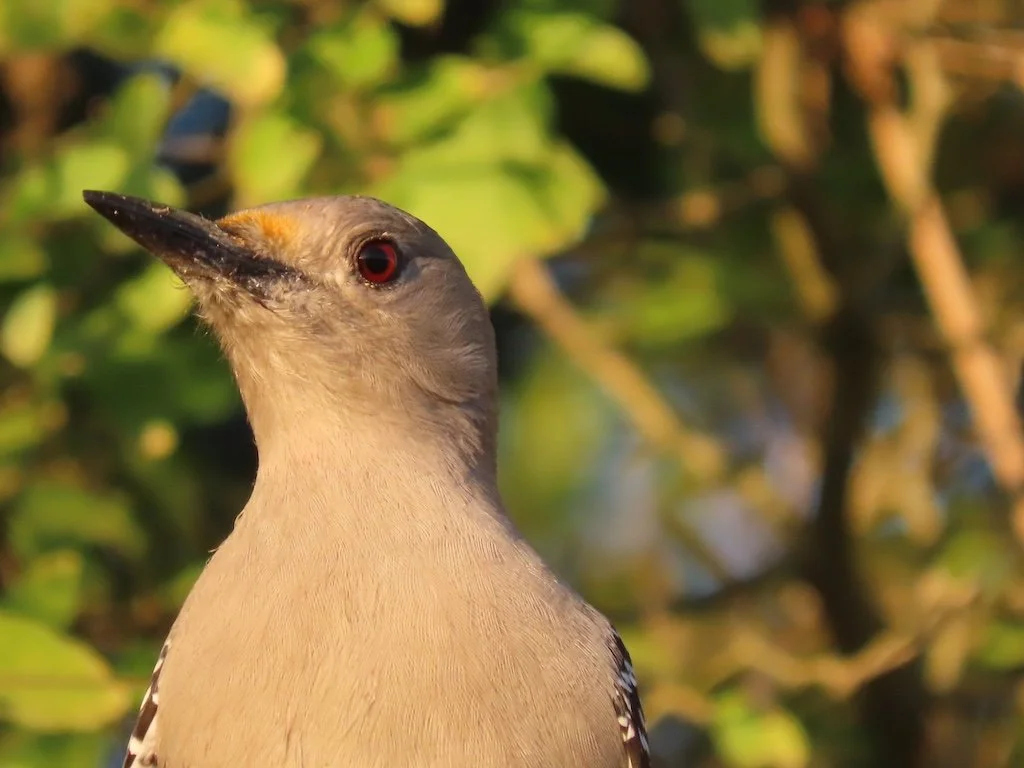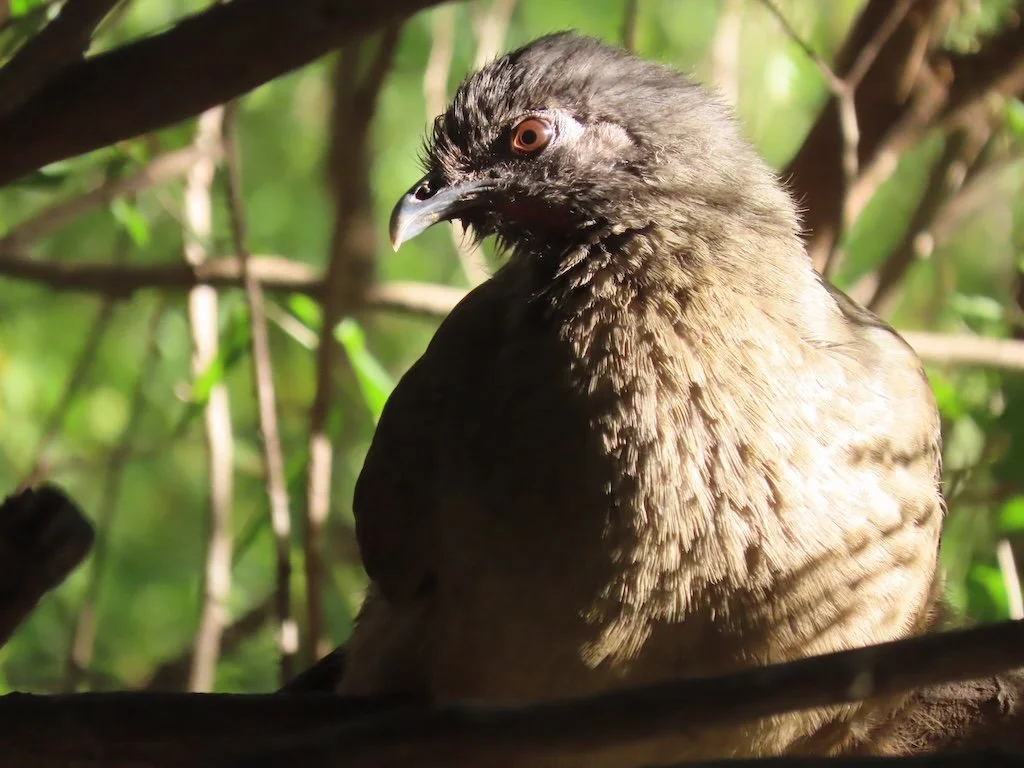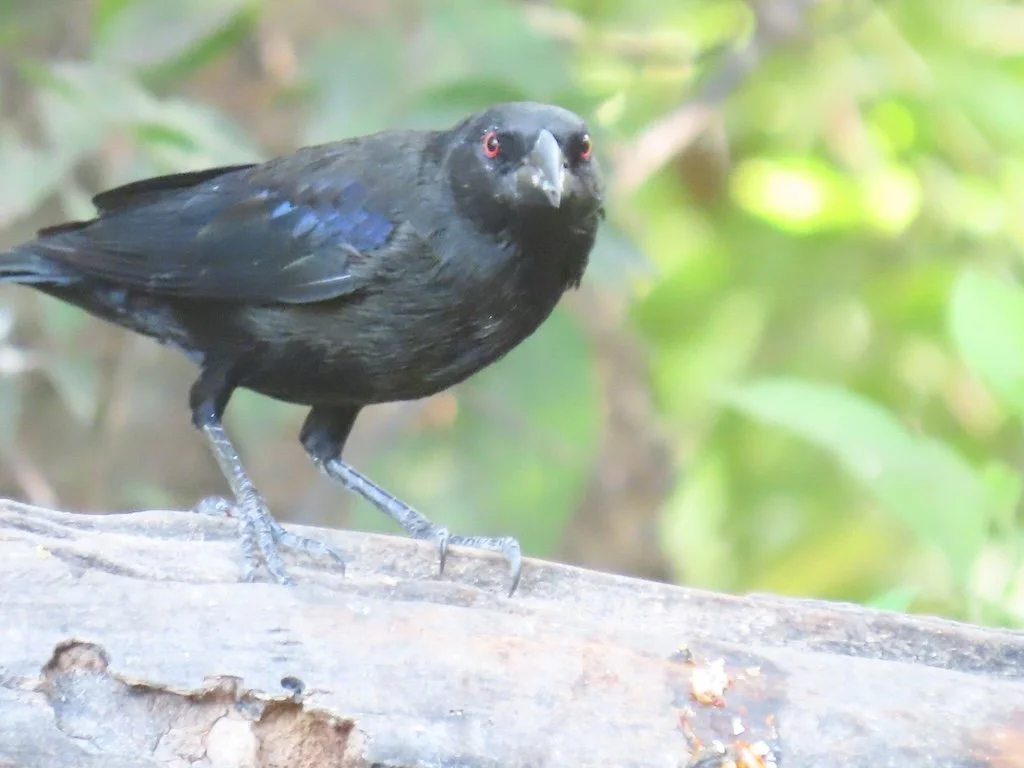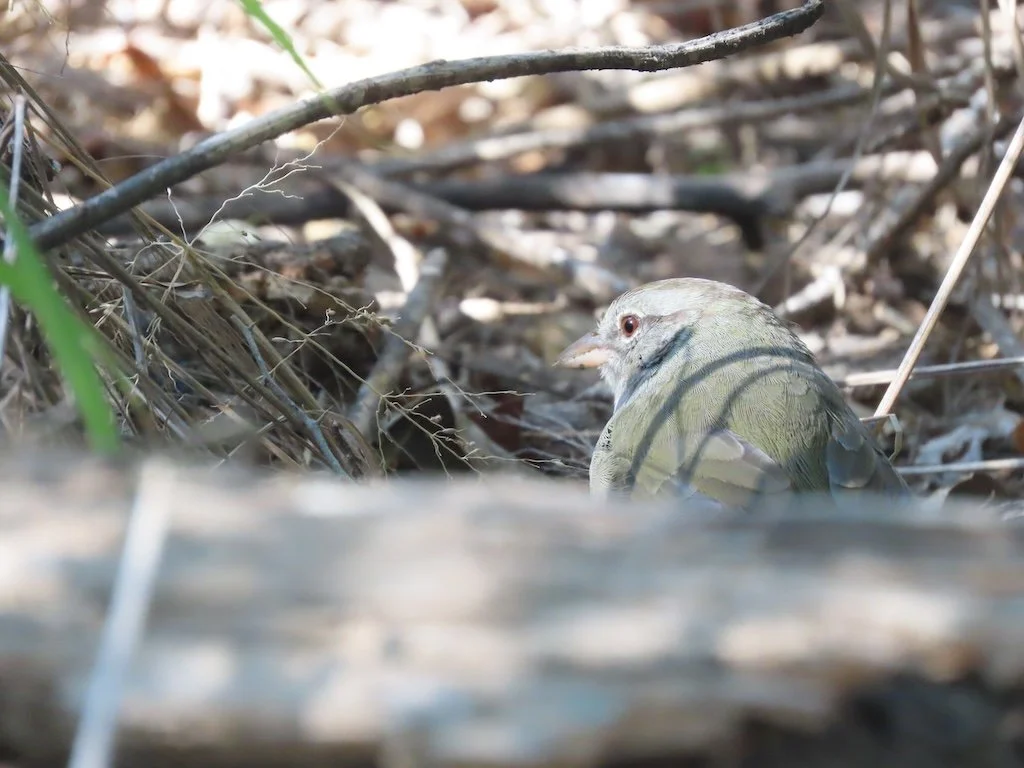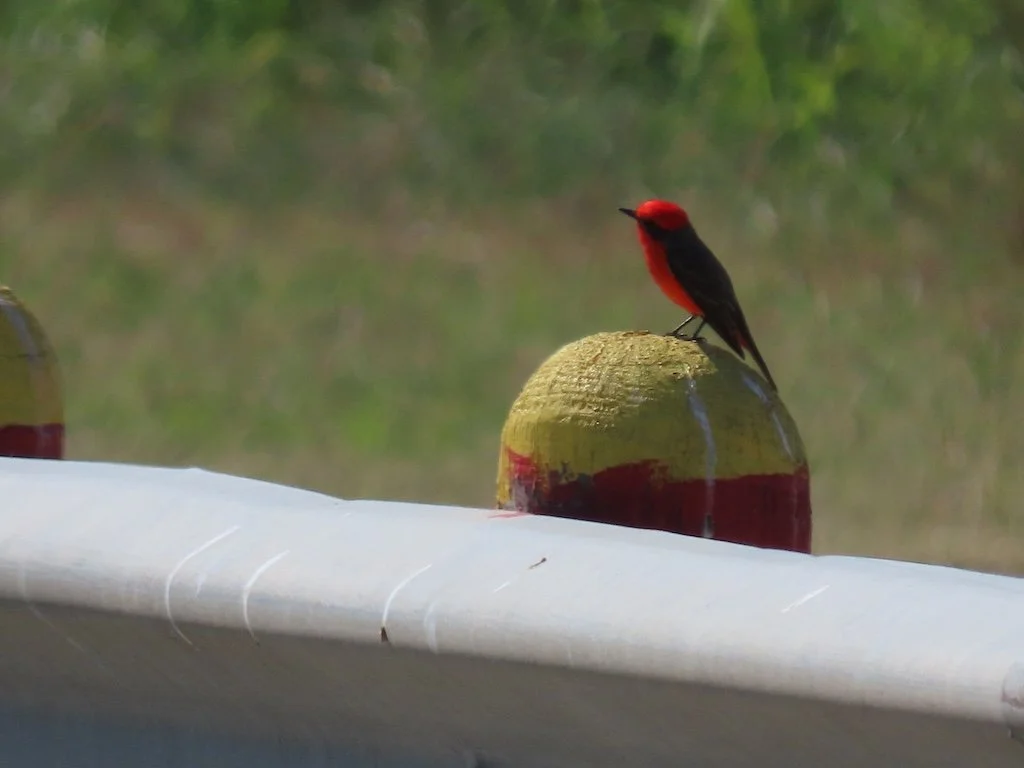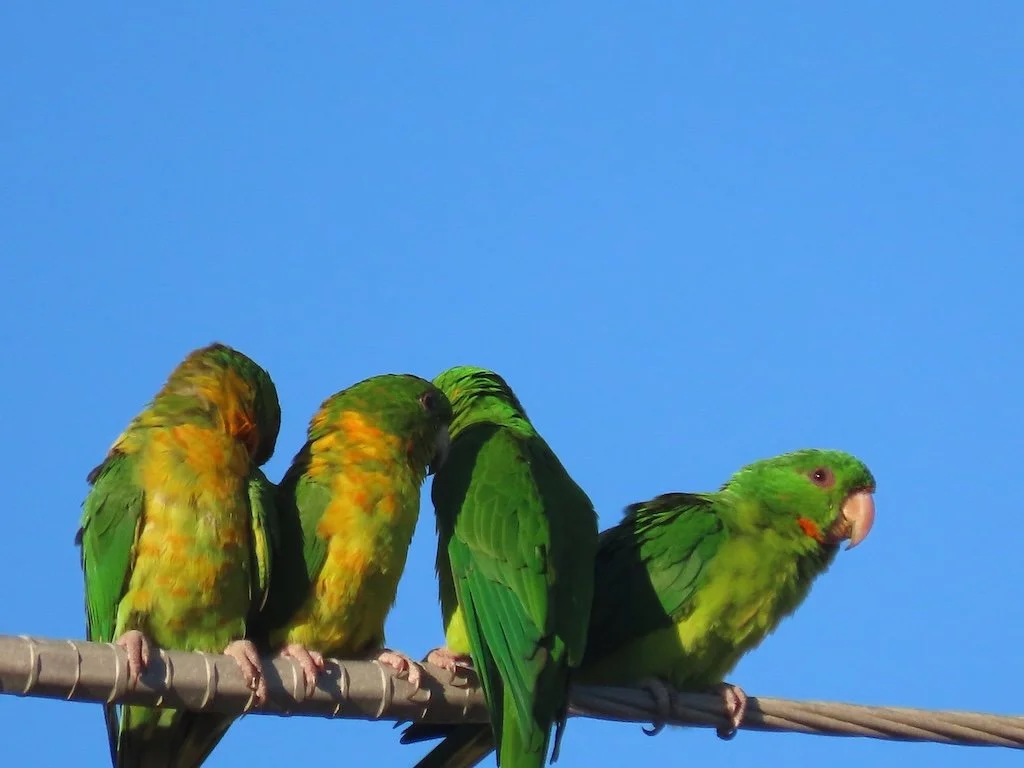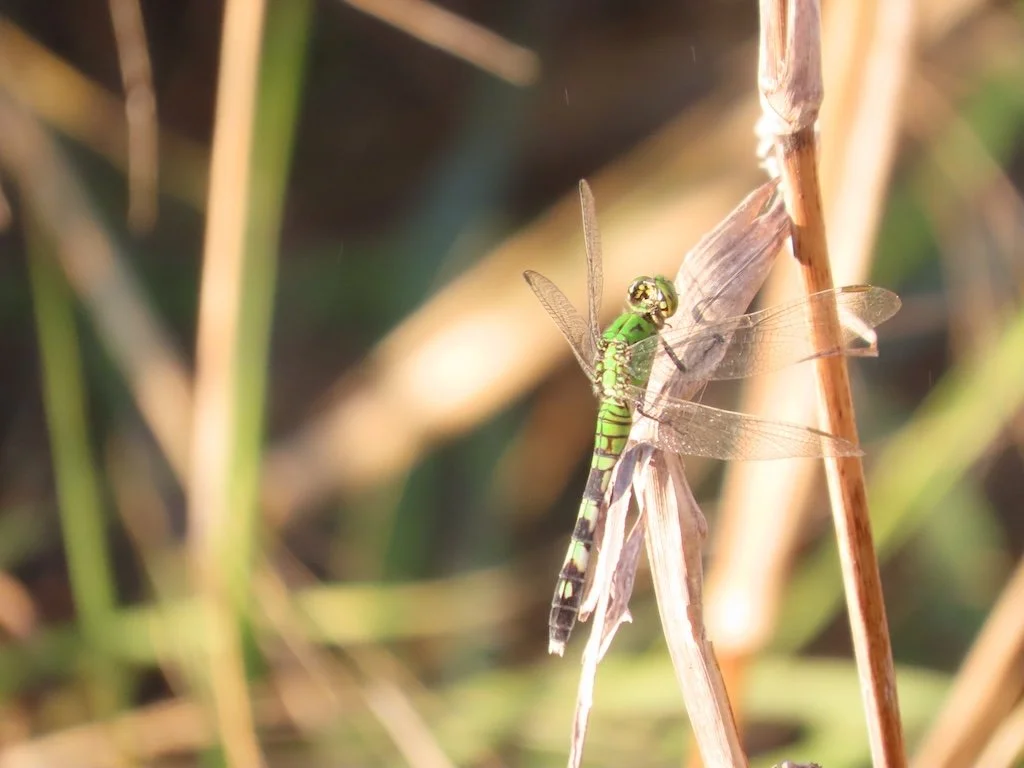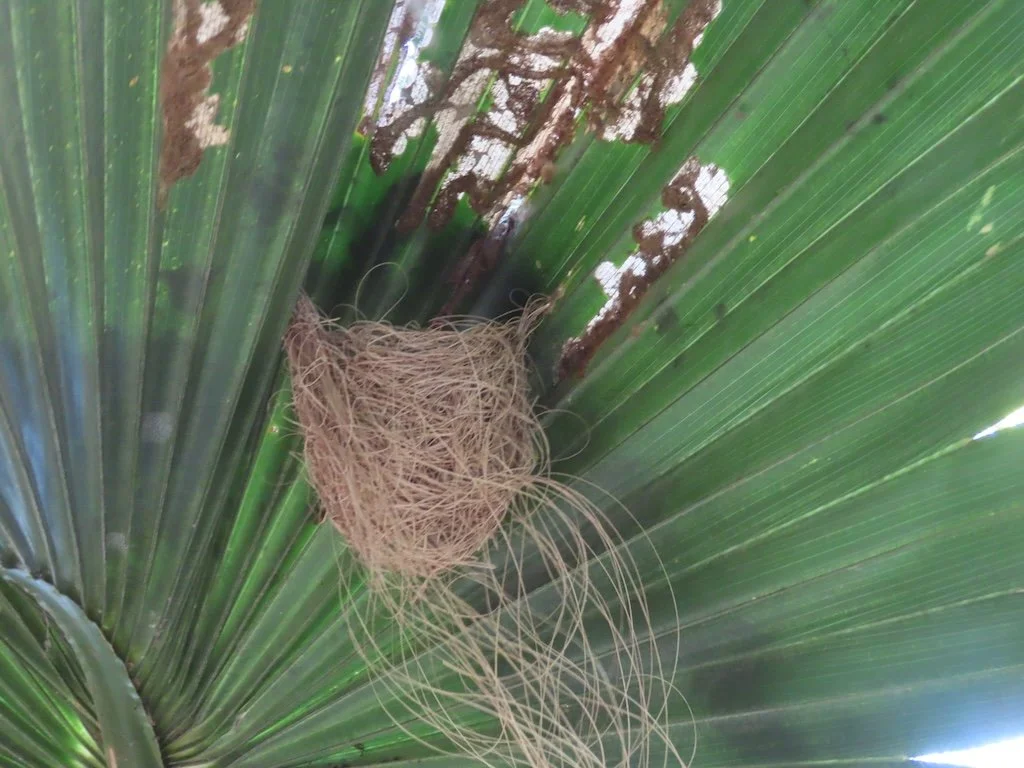Ten Little Celebrations – February 2023
/A lot to celebrate this second month of 2023….here are my top 10 little celebrations:
A new low weight for the year. This happened several mornings of the month….and I celebrated each time since it was an indicator that my careful work to maximize nutritional value of more limited calorie intake was working.
Barbecue lunch at homecoming. My husband suggested that he get barbecue take out to have when I arrived home from my road trip from Carrollton. It is always a celebration to return home but the barbecue made it more festive.
Finding black bean chips. I have assumed that I wouldn’t be able to find my husband’s favorite chips (because they don’t cause blood sugar issues) when we moved to Missouri…so I celebrated when I found them again….a different brand but they taste the same. We are both enjoying them as our chip-or-choice.
Finding snack sized edamame pod packages. These have become my favorite high protein snack. I’ve enjoyed them before…but celebrated when I found them in smaller packages.
Spaghetti sauce soup. It’s a great way to use leftovers…or have a quick meal. I use a jar of spaghetti sauce, frozen sausage (cubed) or leftover baked chicken (any meat that is already cooked and seasoned) and lots of veggies. So easy…and so good. Worth celebrating.
Frost pictures (columns and ferns). I always celebrate frost days…particularly if the crystals are a type I haven’t photographed before!
Ice and algae on our neighborhood ponds. Winter field trips on 2 days not far from my own back yard! I celebrated getting outdoors for a short walk…not having to get in the car. My favorite sight were the neuron type shapes in the ice/snow of the pond.
Table Rock Lake. Celebrating a little field trip close to where we live in Missouri.
Birds at Josey Ranch. There always seem to be birds around at Josey Ranch…and this year I am visiting every month when I am Carrollton…celebrating the changes with the seasons.
Elm Fork Nature Preserve. A new-to-me natural area near Carrollton, TX. I celebrated the birds and forest there. I’ll be posted about the experience later this week.









